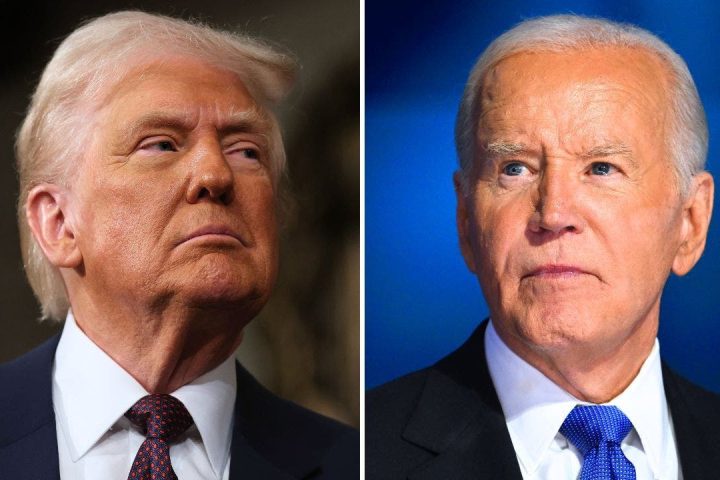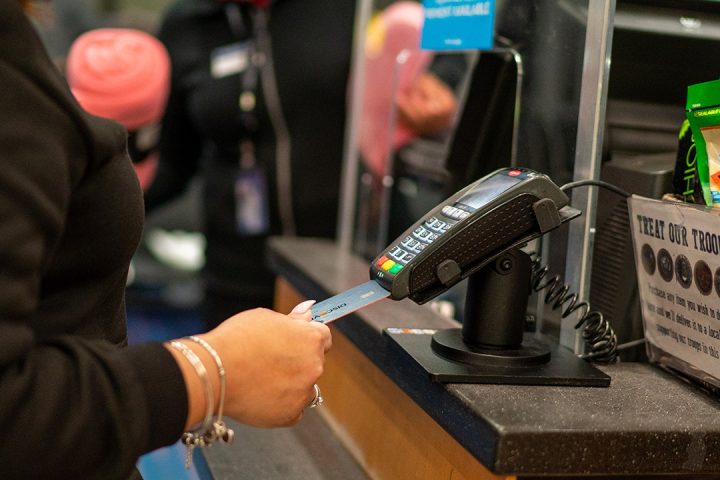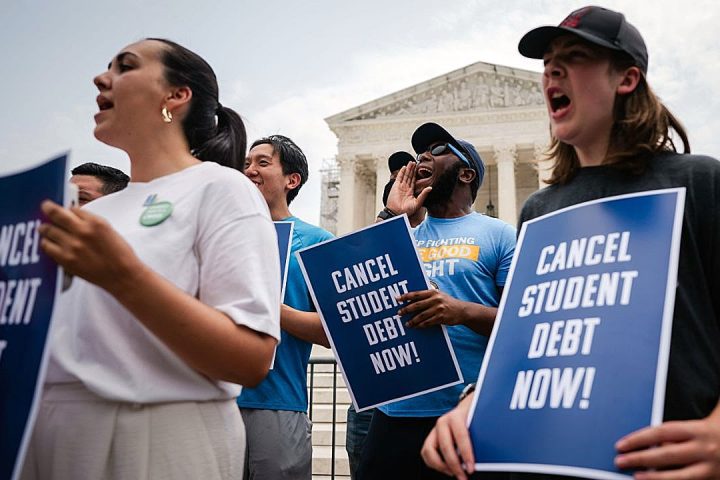October saw a strike close many car factories, and war and political turmoil are in the news. But Americans went car shopping anyway.
According to analysts from Kelley Blue Book parent company Cox Automotive, new-vehicle sales volume in the U.S. is expected to rise nearly 4% compared with October 2022, a market in the early stages of recovery from severe product shortages.
Car shopping isn’t back to the level it held before the COVID-19 pandemic unsettled the worldwide economy. Americans bought more than 17 million cars per year in four of the five years preceding the pandemic, and that year — 2019 — sales were 16.9 million. That number fell to under 14 million in 2022.
October’s projected numbers would put the country on pace for about 15.8 million this year.
Some buyers are holding back
“Though there are many headwinds in the market today, new-vehicle sales continue to show gains over last year’s supply-constrained market,” said Charlie Chesbrough, senior economist at Cox Automotive.
“Concerns about high interest rates, a potential economic recession, and the ongoing UAW [United Auto Workers] strike are all likely holding back some potential vehicle buyers,” he noted. Though Ford
F,
and the UAW have reached a tentative agreement to end part of the strike, it won’t be official until members vote to accept it — likely late this week.
“However, there are still enough individuals and businesses with the need and ability to buy vehicles, which has helped sustain the sales recovery,” Chesbrough says.
Inventory stronger than last year
A key driver of new-vehicle sales strength has been growing inventory levels across the industry.
Car dealers measure their supply of new cars to sell in days of inventory — how long it would take to sell out at today’s sales pace if they couldn’t acquire more.
Days’ supply in mid-October reached 62, the highest point since the spring of 2021. A year ago, days’ supply was at 48.
Read: Buying a new car? Don’t expect a bargain, even with more vehicles on dealership lots.
Toyota
TM,
and Honda
HMC,
continue to have the lowest measured days’ supply, at less than 23 days. Of the Detroit brands, where production is being negatively impacted by the UAW strike, Chevrolet and Cadillac had the tightest supply in mid-October, both below the industry average of 62. Ford had 90 days’ supply in the same timeframe, while Lincoln and the core Stellantis
STLA,
brands had inventory levels well above 100 days’ supply.
This story originally ran on KBB.com.
Read the full article here






